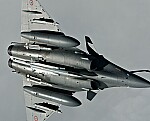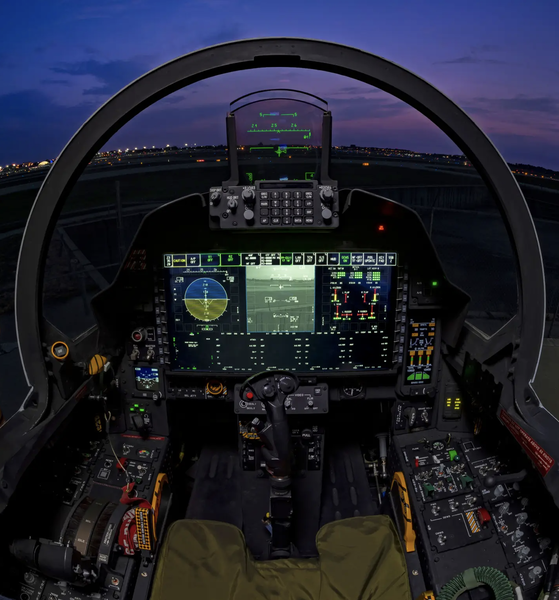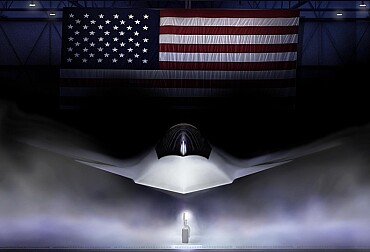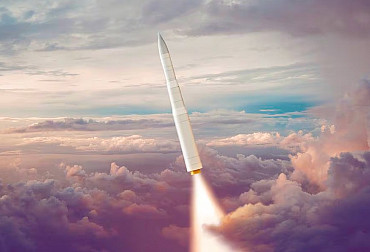F-15EX is a new dimension of air superiority
In the realm of modern aviation, the race for air superiority has transcended beyond mere external aesthetics and flight performance. Today, the focus is intensely on the integration of advanced sensors, data collection, sophisticated software, and electronic warfare capabilities. Boeing's F-15EX is a prime example of this evolution, representing a significant leap in aerial combat technology.
A few years ago, Boeing unveiled the F-15EX, a fighter jet that, while externally resembling its predecessors, boasts revolutionary electronic warfare tools to achieve a low detection profile. This is a significant shift from the traditional stealth features. The F-15EX is equipped with cutting-edge avionics, a powerful AESA radar, and two robust engines, making it a formidable presence in the skies.
The Genesis of the F-15EX
The F-15EX's journey began with Boeing's contract to modernize the F-15QA aircraft for the Qatar Air Force. This modernization was so profound that it paved the way for an advanced version to meet the evolving needs of the American military. The F-15EX emerged as a more viable option compared to the limited production of the costly F-22 and the F-35A, which, despite its capabilities, faced challenges in operational costs and development limitations.
Cost-Effective Modernization
The decision to produce new F-15EX planes rather than upgrading the older F-15C/D models was driven by economic and operational efficiency. The F-15EX, priced around USD 80 million per unit, is not only cheaper than the F-35A but also less costly in terms of flight hour expenses. Its impressive operational range and substantial payload capacity further underscore its value.
Training and Compatibility Advantages
The F-15EX offers significant advantages in terms of training and compatibility. Pilots transition to the F-15EX with "difference training" rather than starting from scratch, maintaining a high level of combat readiness. Additionally, the F-15EX is compatible with 80% of the spare parts from previous F-15 versions, and requires minimal changes to existing infrastructure, unlike the more demanding requirements of the F-35.
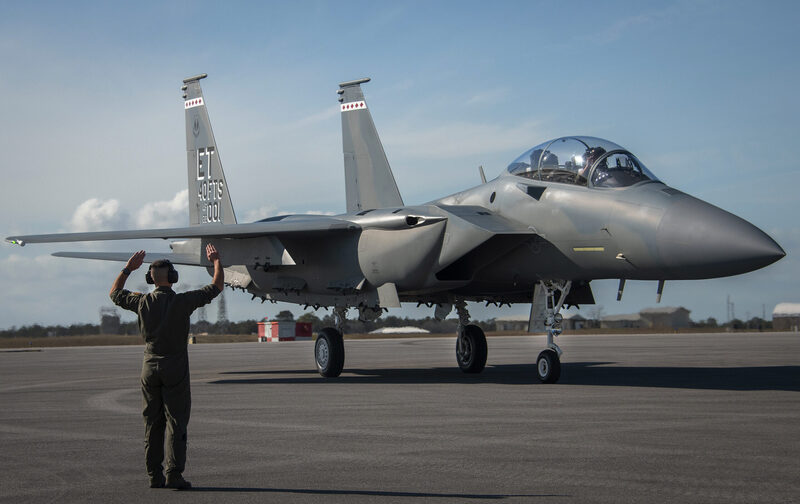
Enhanced Performance and Capabilities
Despite no major changes in airframe structure, the F-15EX boasts enhanced performance thanks to its General Electric F110-GE-129 engines, capable of reaching Mach 2.5. Its advanced AN/APG-82(V)1 AESA radar, Legion IRST, and Sniper pods, along with the Eagle Passive Active Warning and Survivability System (EPAWSS), significantly boost its combat capabilities.
Crew Efficiency and Avionics
The F-15EX, typically operated by a single pilot, can accommodate a second crew member for complex missions. Its advanced avionics facilitate real-time battlefield information exchange, enhancing situational awareness and decision-making efficiency. The aircraft's open architecture ensures easy integration of future weapons and systems.
Picture: FX-15EX Cockpit | Boeing
Armament and Future Potential
Armed with a 20 mm M61 Vulcan cannon and multiple hardpoints for various weapons, the F-15EX is a formidable force. It is also future-ready, with plans to equip it with AIM-260 JATM missiles and hypersonic weapons.
Current Status and Production Prospects
As of mid-2023, Boeing's production line in St. Louis is geared up for the F-15EX, with a production rate of 1.5 aircraft per month, potentially increasing to meet foreign demand. The flexibility and efficiency of Boeing's production line underscore the F-15EX's promising future in global air forces.
In conclusion, the F-15EX is not just an aircraft; it's a strategic asset redefining air superiority. Its blend of legacy design and futuristic technology makes it a cost-effective, powerful, and versatile fighter jet, ready to dominate the skies in the modern era of aerial warfare.






